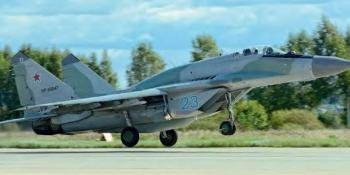The Yak-40 brought jet travel to the remoter parts of the Soviet Union and faithfully served the airlines of the Eastern Bloc. As Piotr Butowski recalls, it had only limited success in the West, but can still be found in various corners of the world.
In the early 1960s, Alexander Yakovlev, head of the OKB-115 (Opytnoye Konstruktorskoye Byuro; experimental design bureau) in Moscow, submitted an offer to develop the Yak-40 jet for 20 passengers, later increased to 24. Rival designs were proposed by Ilyushin (Il-70) and the combined team of Antonov and Beriev (An-Be-20). The idea was to replace the Lisunov Li-2 – the Soviet-licensed copy of the Douglas DC-3 – and the Ilyushin Il-14 used on local routes with an equally simple and undemanding aircraft, but capable of reaching twice the speed.
DESIGN PHILOSOPHY
In the 1960s, there were 2,980 airfields in the USSR suitable for small airliners. A thousand of them had grass runways under 2,297ft (700m) in length, suitable only for 12-seat An-2 biplanes or even smaller four-seat Yak-12s. Another 1,250 airports had soft-surface or concrete strips, 2,297ft (700m) to 3,937ft (1,200m) in length, and most of those received Li-2s and Il-14s; these were the places the…





